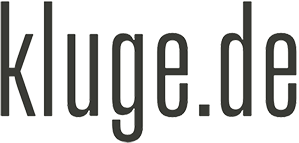What a story. At the O’Reilly Emerging Tech Conference in 2004, a startup called Flickr introduced a funny little social networking app that let you upload digital photos and share it with your buddies. By July 2004, they had achieved a critical mass of features, and Flickr was becoming the hottest thing on the net. In January 2005 alone, Flickr has been profiled in Wired, The Wall Street Journal, Forbes, and the Washington Post.
Flickr now has over 270,000 users, four million photos, 30 percent monthly growth in users, and 50 percent monthly growth in photos.
Flickr is a phenomenon, a fundamentally different way of using digital photography and the Internet. Flickr is simply the manifestation of the perfect storm of camera phones, consumer broadband, blogs, RSS, and folksonomy tags.
Stewart Butterfield, the CEO of Ludicorp, about the theory, practice and technique of running Flickr.
It’s really valuable for any new product or service to reach the hyper-geek audience, who are particularly influential. And for them, the open API is a sign of good faith, a sign that your photos and your data are not going to be locked up in Flickr–even though we don’t currently offer a feature to download your photos to your own computer (we will), you could develop one.
It makes a difference for us as a business that other businesses are interested in working with us because they can tell up front how much work it’s going to be. Basically third-party apps fall into one of two categories, useful or cool, and some things are both. Useful would include uploaders for a bunch of different platforms, a screensaver that pulls in your contacts‘ most recent photos, and an application called 1001 for OS X that grabs the most recent photos from your contacts or specified tags, and it pulls from them like an RSS reader. And then there’s a bunch of applications that are just cool, like one that takes photos tagged with different colors and arranges them into the shape of a rainbow.
It makes a difference for us as a business that other businesses are interested in working with us because they can tell up front how much work it’s going to be. They can have their engineers look at the API and say, ‚This is what I want to do, how long do you think it’s going to take?’“
Flickr is really a phenomenon. They choosed the right approach, and via the „hyper-geek audience“ of the blogosphere the word is spread. Flickr sucks? No, it doesn´t, stupid. It rules.

Schreibe einen Kommentar